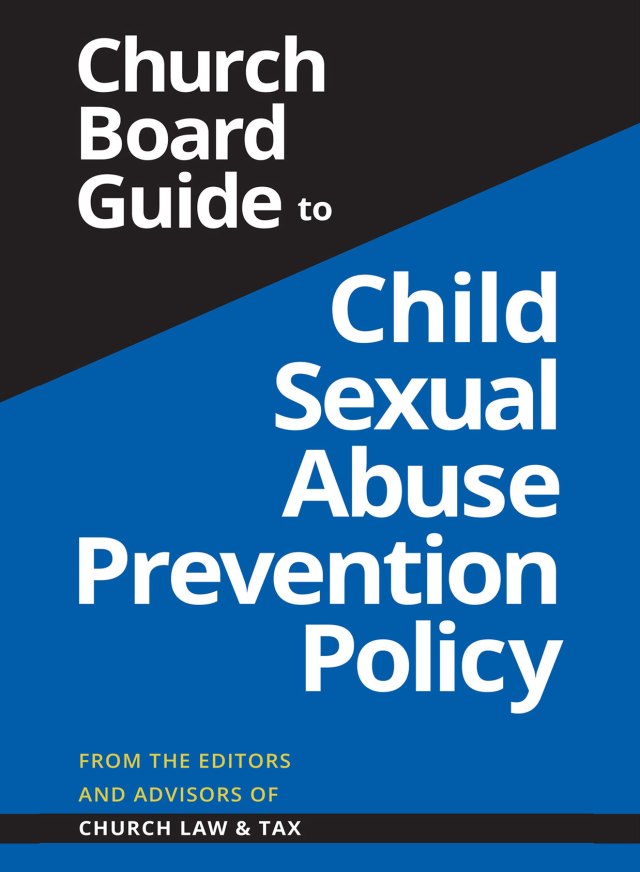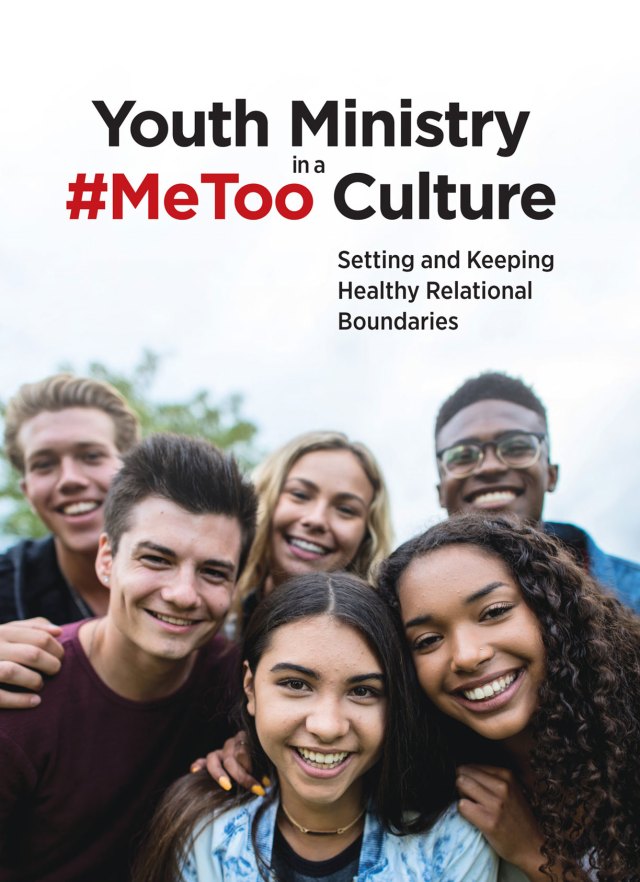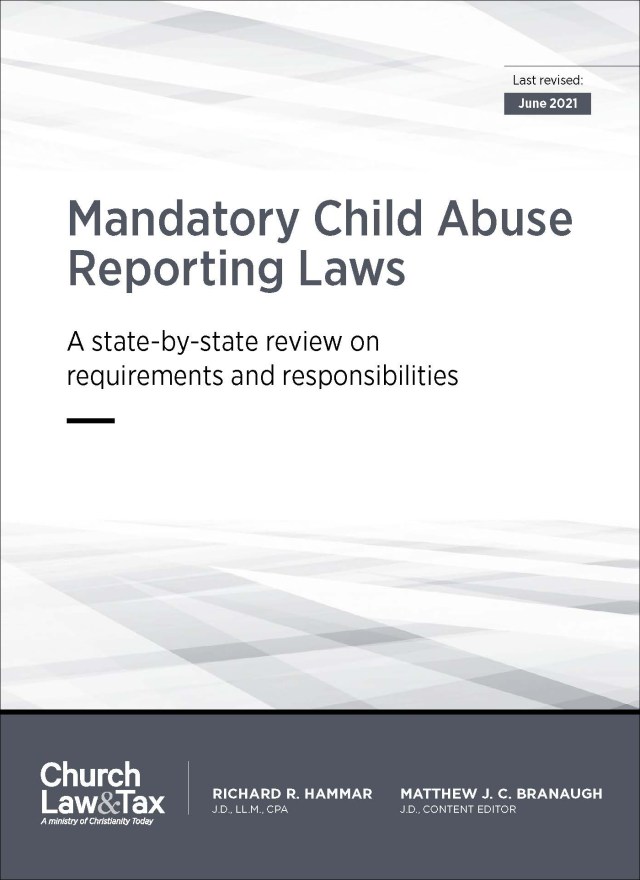Many churches encourage small-group participation, and pastors or other staff provide resources for these groups, but there often is very little oversight by church leadership.
How can the church and the small group best protect the children in their care? What happens if an incident of child abuse occurs in the home of a church member during a small-group function? Who is liable?
Handling childcare for small groups
One important consideration is how to provide childcare in a small-group setting. Of course, you can make it an “adults only” meeting, which would require parents to find their own childcare for the evening. However, some small groups would find this option untenable, especially if the host and most attendees have children.
Another often used option is to have a volunteer, perhaps a teen, supervise the children in another room of the host home. If the church sponsors the small group as part of its ministry (providing leadership, curriculum, and structure), this presents a serious liability to the church and the host, as well as a significant risk to the children attending.
Church members tend to trust fellow churchgoers’ integrity without question in choosing a volunteer caregiver. But, in the era of #ChurchToo, it is increasingly evident that this kind of trust has been misplaced and has led to much abuse and heartache.
Even when a risk is exposed, the church far too often opts for a misunderstood concept of grace and forgiveness that sacrifices the safety and well-being of the “least” among them.
Implement a child protection policy
In order to be “wise as serpents, and harmless as doves” (Matt. 10:16, KJV), the church must implement safeguards to protect the congregation under its care. Implementing and adhering to a child protection policy is one of the first (and most important) steps a church can take.
A church should consider enforcing the child protection policy within every small group that it endorses as a part of its ministry. Small-group leaders/hosts should sign the policy and agree to adhere to it in order to be sponsored by the church.
- Some basic elements of a child protection policy include:
- Providing background checks, training, and references for volunteer childcare workers;
- Implementing the two-adult rule, which requires two unrelated adults to be in the room with the children at all times;
- Requiring childcare workers to go get the parents/guardians if the child needs to use the restroom;
- Requiring children be kept in as public of a location as possible—avoiding bedrooms, and preferably meeting in an area with windows.
A child protection policy is one of the most basic, yet important, ways to create a safe environment for children and to minimize liability for churches.
Creating the safest environment possible
In addition to implementing and adhering to a child protection policy, here are a few other considerations for church leaders, in order to provide the safest environment for children in their congregations:
Mandatory training session for small-group leaders
When an individual or family expresses interest in starting a small group, the church should require that the small-group leaders attend a church-sponsored sexual abuse and child protection course. This training also should be a requirement in order for the church to sponsor and affiliate with the small group.
This training should include helping small-group leaders with the elements of the child protection policy as well as how to recognize the signs of abuse and “grooming behaviors.”
In many churches, there is online training for child protection programs where a certificate must be obtained to pass the course.
Awareness of known sex offenders in the church
Some churches may allow convicted sex offenders to attend their worship services. In these instances, the congregation should know who these individuals are, and every precaution should be taken to protect children by ensuring sex offenders only attend small groups that do not have any children present when the groups meet. Of course, many sex offenders will be prohibited by their parole or probation from even being near children, but regardless, they should have no contact with children in any circumstance.
Additional reading. “Successful Church Assimilation of Sex Offenders” provides guidance for churches on how to safely minister to sex offenders, while also protecting the vulnerable within the congregation.
Post a sponsored small-group list
In small-group bulletins and websites, include a statement that any small group not listed is operating independent of church leadership and is not affiliated with the church, even if church members are involved or leading the group. This way, the church separates itself from liability if something were to happen within a small group that did not follow the church’s child protection policy and training.
Check with your insurance provider
Churches should contact their insurance agent to see if small groups are covered, or can be covered, under the church’s insurance. Some insurance companies offer this option, which would protect homeowners who host small groups from having to rely on their homeowner’s insurance should something happen in their home.
Crucial steps
In summary, there are several crucial steps that churches can take in considering the “least of these” in their congregation and providing the most protection within their power. These steps include:
- Providing a child protection policy;
- Requiring background and reference checks for all childcare workers;
- Providing due diligence in obtaining insurance coverage;
- Training small-group leaders in knowing the signs of abuse and “grooming”; and
- Making sure parents and guardians are duly notified of all known sex offenders in the congregation.
Additional reading. “Minimize Child Abuse: How to Do Excellent Background Checks for Child and Financial Protection” explains how to best protect children through better background and reference checks; and “Reporting Child Abuse: What Is Your Duty?” discusses your duties to report child abuse and how to do it best.
This article is adapted from “ Protecting Children in Church Small Group Settings ” by H. Robert Showers—an attorney with Simms Showers, LLP . Used with permission.
For additional help, see Richard R. Hammar’s “Minimizing the Risks of Child Molestation in Churches,” along with these downloadable resources:




